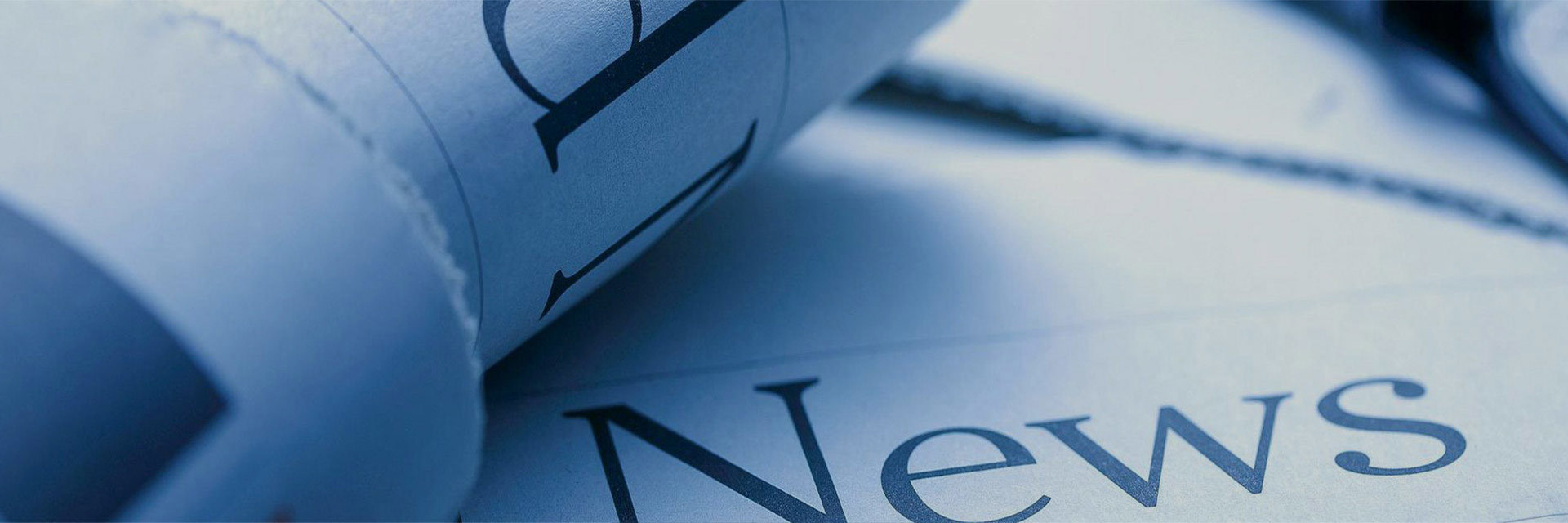How Ball Mill Rubber Lining Can Transform Your Grinding Efficiency
Release time:
2025-06-24
How Ball Mill Rubber Lining Can Transform Your Grinding Efficiency Introduction to Ball Mill Rubber Lining In the realm of industrial grinding, **efficiency** is paramount. Ball mills serve as the backbone of mining, mineral processing, and chemical engineering, where they help break down materials for further processing. However, traditional metal linings can lead to inefficiencies and equipmen

How Ball Mill Rubber Lining Can Transform Your Grinding Efficiency
Introduction to Ball Mill Rubber Lining
In the realm of industrial grinding, **efficiency** is paramount. Ball mills serve as the backbone of mining, mineral processing, and chemical engineering, where they help break down materials for further processing. However, traditional metal linings can lead to inefficiencies and equipment wear. Enter **rubber linings**, a revolutionary solution that can significantly enhance grinding efficiency.
Understanding the Functionality of Ball Mills
Ball mills operate on the principle of impact and attrition. Materials are fed into a rotating cylinder filled with grinding media (usually steel or ceramic balls), which crush the material as the cylinder rotates. The efficiency of this process depends heavily on the design and material of the lining.
The Role of Lining in Grinding Efficiency
The lining of a ball mill impacts several operational aspects, including:
- **Impact Resistance:** The ability to withstand the forces generated during grinding.
- **Wear Resistance:** Longevity and durability against abrasive materials.
- **Noise Reduction:** The capacity to minimize operational noise.
The Advantages of Rubber Linings Over Traditional Metal Linings
Rubber linings offer a host of benefits that enhance overall grinding performance:
1. Enhanced Wear Resistance
Rubber linings are specifically designed to resist abrasion and wear, leading to a longer lifespan compared to metal linings. This durability translates to reduced maintenance costs and downtime.
2. Improved Impact Strength
Rubber linings can absorb impact forces more effectively, reducing the risk of damage to both the lining and the mill itself. This characteristic allows for more aggressive grinding without compromising the equipment.
3. Lower Noise Levels
The inherent properties of rubber significantly reduce the noise produced during grinding operations. A quieter working environment can lead to improved worker safety and comfort.
4. Chemical Resistance
In environments where corrosive substances are present, rubber linings can withstand chemical reactions, ensuring that the integrity of the mill remains intact over time.
5. Customization Options
Rubber linings can be tailored to specific operational needs, including varying thicknesses and hardness levels. This customization allows for optimized performance based on the materials being processed.
Applications of Rubber Lining in Ball Mills
Rubber linings are versatile and can be employed in various industries, including:
1. Mining and Mineral Processing
In the extraction of valuable minerals, rubber linings help ensure efficient grinding of ores while minimizing wear and tear.
2. Chemical Industry
Rubber-lined ball mills are essential in chemical processing, where they handle both abrasive and corrosive materials safely.
3. Food Industry
In food processing applications, rubber linings help maintain hygiene and prevent contamination, ensuring compliance with safety standards.
Maximizing Efficiency: Best Practices for Using Rubber Linings
To fully realize the benefits of rubber linings, consider the following best practices:
1. Regular Maintenance and Inspection
Scheduled inspections help identify wear patterns early, allowing for timely replacements and reducing unexpected downtimes.
2. Proper Installation Techniques
Ensuring that rubber linings are correctly installed is crucial. Misalignment can lead to uneven wear and decreased efficiency.
3. Optimal Grinding Media Selection
Choosing the right type and size of grinding media in conjunction with rubber linings can further improve grinding performance.
Challenges and Considerations when Using Rubber Linings
While rubber linings present many advantages, certain challenges must be addressed:
1. Temperature Sensitivity
Rubber can have limitations regarding temperature. In high-temperature scenarios, the lining material may degrade. Always consider operational temperatures when selecting rubber linings.
2. Initial Cost
Although rubber linings can save costs in the long run, the initial investment may be higher than traditional linings. However, the return on investment often justifies the upfront costs.
Case Studies: Success Stories with Rubber Linings
Numerous industries have successfully implemented rubber linings in their ball mills.
1. Mining Industry Success
A leading mining company reported a significant increase in their grinding efficiency by 20% after switching to rubber linings, alongside a reduction in maintenance costs.
2. Chemical Processing Efficiency
In a chemical production facility, changing to rubber linings resulted in a 30% decrease in downtime and a notable improvement in the quality of the final product.
FAQs about Ball Mill Rubber Lining
1. What is the lifespan of rubber linings in ball mills?
The lifespan can vary based on factors such as usage, maintenance, and material type but generally ranges from 3 to 10 years.
2. Can rubber linings be repaired?
Yes, minor damages can often be repaired without complete replacement, extending the overall life of the lining.
3. How do rubber linings affect the milling process?
They enhance impact absorption, reduce noise, and offer better abrasion resistance, all of which contribute to improved milling efficiency.
4. Are rubber linings suitable for all types of materials?
While they are highly versatile, certain very high-temperature or aggressive chemical applications may require alternative solutions.
5. What maintenance is required for rubber-lined ball mills?
Regular inspections for wear and tear, cleaning, and prompt repairs when necessary are crucial for maintaining optimal performance.
Conclusion
Investing in **ball mill rubber lining** is a game-changer for industries that rely heavily on grinding efficiency. The advantages, from enhanced wear resistance to lower noise levels and customizable options, make rubber linings a wise choice for optimizing performance. By adopting best practices and addressing challenges, companies can significantly improve their operational efficiency and reduce costs. Ultimately, rubber linings offer a transformative solution to traditional grinding methods, paving the way for a more efficient future in various industries.
Key word:
ball mill rubber lining
Recommended



